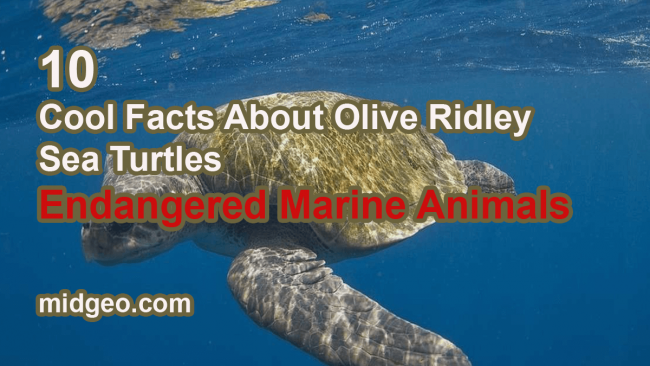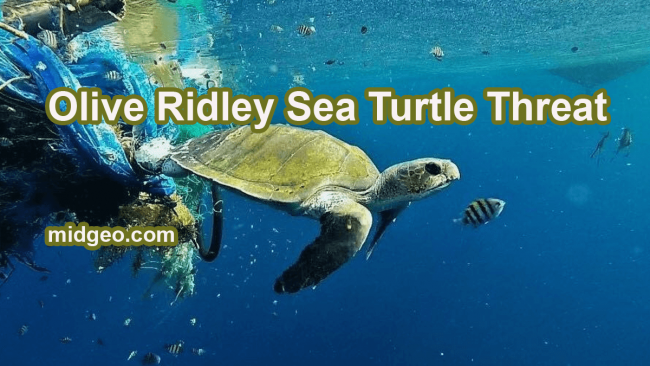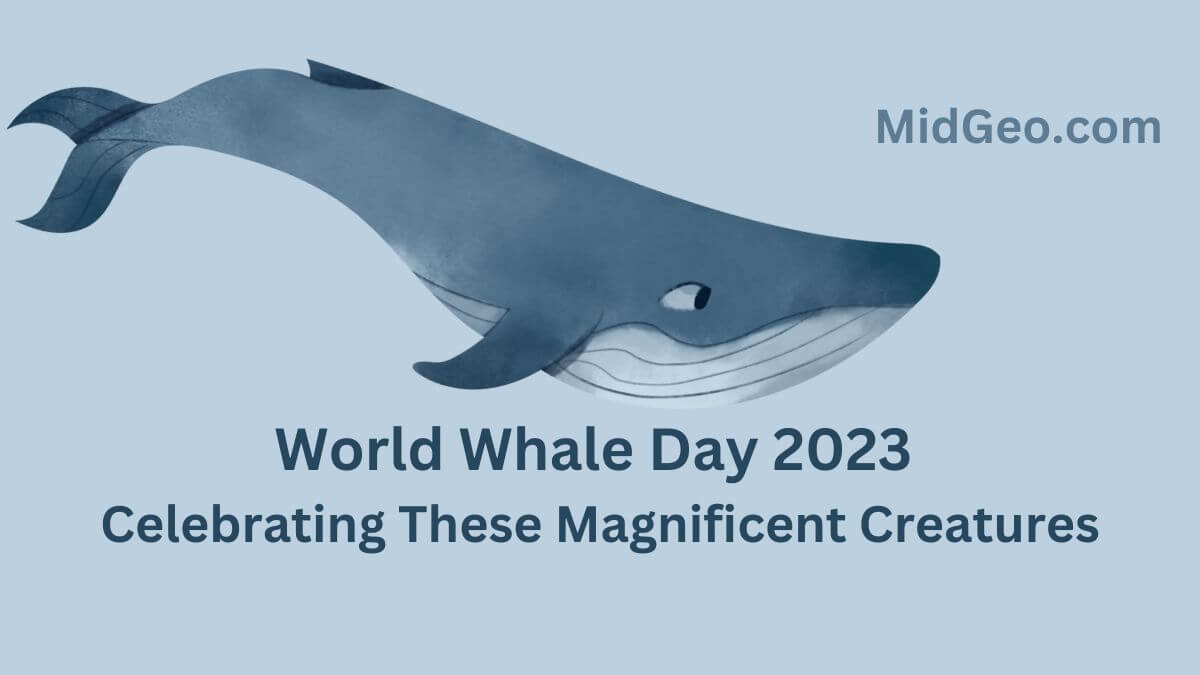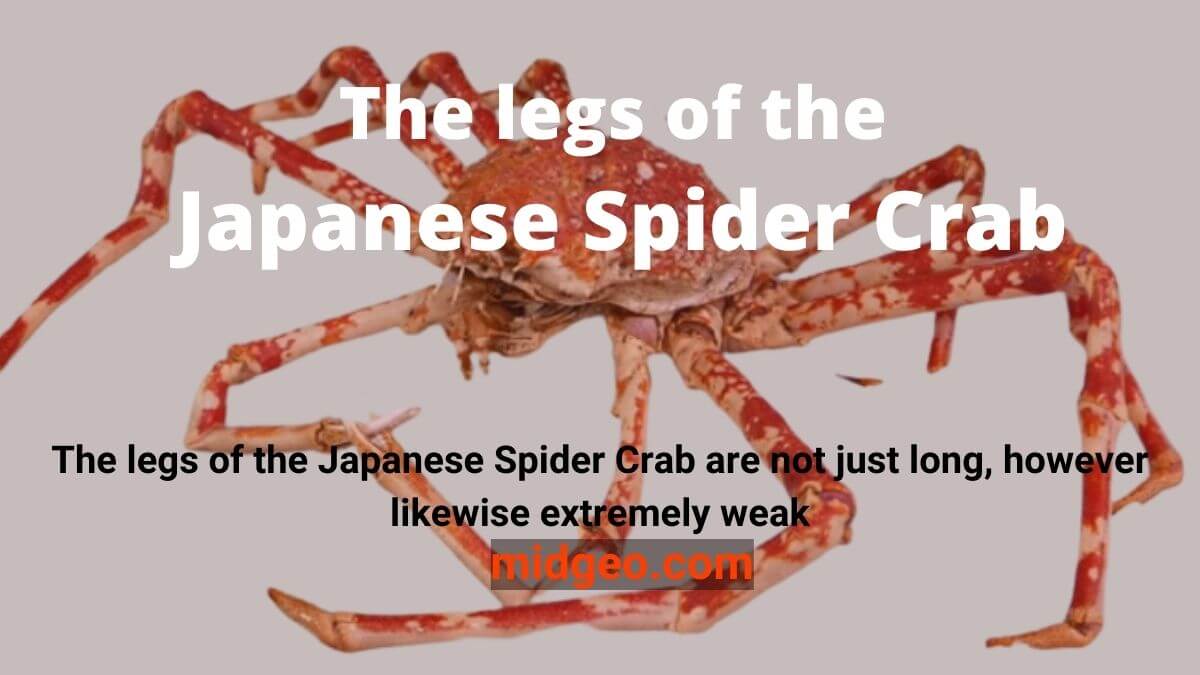10 Cool Facts About Olive Ridley Sea Turtle – Endangered Marine Animals

Welcome to olive ridley sea turtle facts! What do you know about ridley sea turtles? Here are 10 1o cool facts about olive ridley sea turtle!
In today’s fast-paced, tech-preoccupied world, social media may well be the perfect platform to showcase the world through the lens of Endangered marine animals across the globe.
But Marine animals are so much more than just getting that enjoyment for the ‘enthusiasts’. Sea animals should be meaningful to us all.

So let’s known the most endangered marine species Olive ridley turtle (Lepidochelys olivacea).
Olive Ridley Sea Turtle
We have gathered some really cool and informational olive ridley sea turtle facts that will help you in learning all about ridley turtles. So continue reading and do let us know in the comments what do you think about this sea turtle.
Olive Ridley Sea Turtles Habitat
They can be found in limited quantities in the Atlantic Ocean off the coast of Brazil and in western Africa. Thousands of adult females lay their eggs on the beaches of Costa Rica’s Pacific coast.
They have a wide assortment of products, reaching as far as Australia and New Zealand. They reside alone in French Guiana, Venezuela, Surinam, and Guyana on the Atlantic coast. Olive ridleys can also be found in the Gulf of California and the Galapagos Islands.
Where do Olive Ridley Sea Turtles Lay Their Eggs?
Olive ridley sea turtle can be found in the world’s main oceans’ warm tropical waters. They do, however, have a patchy distribution. Olive ridley turtles lay their eggs in enormous quantities on the beaches of Central America and Mexico. They do not breed on the islands in the Central Pacific. In eastern India and Sri Lanka, olive ridleys breed in greater numbers.
- What Exactly Is an Amazing Sea Bunny SlugWhat is a sea bunny slug? Is this some kind of sea creature that can only be found in the sea, or a sea mammal? Are these even pets? Sea bunnies are not pets because they need houses and someone to keep them happy, which they cannot do on their own because sea creatures are …
- Amazing Blue-footed Booby birdsThe blue-footed booby bird is actually a marine bird indigenous to tropical and subtropical areas of the central and western Pacific Ocean. It’s one of the six species of the genus Sula, also known as the blue-footed booby bird. It’s easily identified by its prominent, bright blue feet, that’s a trait chosen specifically for mating. …
- Magnificent Things About Sea Anemone CharacteristicsA sea anemone (Heteractis Magnifico) is a marine, carnivorous, and aggressive animal. In this, you can find magnificent things about sea anemone characteristics. Also, clownfish and anemones have a symbiotic relationship. As cnidarians, how anemones relate to reefs, Hydra, tube-dwelling anemones, and jellyfish. If you are ready, then visit to read about sea anemone facts. …
Olive Ridley Sea Turtle Predators
Ridley turtles have perceived many various predators, specified as;
- Feral dogs
- Pigs
- Iguanas
- Opossums
- Caimans
- Ghost crabs
- Raccoons
- Crocodiles
- Coyotes
- Sunbeam snakes
- Frigate birds
- Oceanic fishes
- Killer whales
- Sharks
- Crabs
10 Cool About Olive Ridley Sea Turtle Facts
- *The turtle’s head is tiny. Its carapace is approximately round and smooth, with 6 or more lateral scutes. The carapace is bony with no ridges and a huge number of scutes (scales). Its body is deeper than that of the Kemp’s Ridley sea turtle, which is extremely similar.
- *The olive ridley sea turtle is considered the most abundant sea turtle in the world.
- *One or two claws can be seen on both the front and back flippers. On the front flippers, there is occasionally an additional claw. Adults are dark gray-green, while juveniles are charcoal gray. When wet, hatchlings are black with greenish sides.
- *The olive ridley sea turtle is thought to be the most common sea turtle on the earth. They are mostly found in the Pacific, Indian, and Atlantic Oceans’ tropical and subtropical regions.
- *Olive ridley turtles spend most of their time in open water.
- *Compared to other sea turtle species, they are small, reaching just 1.5 to 2.5 feet (61-76 cm) in length. Adults weight 75-100 pounds (33-45kg). The tails of males are longer than those of females.
- *Fish, crabs, tunicates, mollusks, shrimp and jellyfish are among the organisms they eat.
- *Olive ridleys can graze on benthic invertebrates at depths of up to 500 feet (152 meters).
- *Adults move between eating grounds and breeding grounds. Between the ages of 10 and 18, they reach reproductive maturity.
- *Females come ashore to lay their eggs. Olive ridleys can either nest alone or in a technique known as arribada nesting. Females will frequently lay their eggs on the same beaches where they hatched. Sand is used to cover their eggs. Before hatching, the eggs are incubated for around two months.
Olive Ridley Sea Turtle Threats

The olive turtle is classified as a threatened species by the International Union for Conservation of Nature (IUCN). Unless the occurrences that pose a threat to the survival and reproduction of these turtles are improved, it is expected that turtles may become an endangered species (IUCN, 2015)
Olive Ridley Sea Turtles – Endangered Marine Animals Mid Geo
Experts Identify World’s Most Threatened Sea Turtle Populations
Their current world population is far smaller than in the past. The long-term harvesting of eggs and the killing of adults on nesting beaches is the principal cause of these sea turtles’ historical worldwide decline. Their arribada nesting behavior groups females and nests together at the same time and in the same location, allowing for mass kills of adult females and egg harvesting.
Their eggs are still picked and the adults are still killed for consumption in various parts of the world. Olive Ridley Turtles are Most Endangered Ocean Species and Marine Animals list because of overfishing, boat injuries, eggs being stolen, climate change and being hunted for their meat, capture in fishing gear, vessel strikes, and ingesting marine debris are just a few of the other dangers they face. Green Sea Turtles also endangered like olive.
Why should we save the Olive Ridley sea turtle?
Federally designated certain olive ridley populations as threatened or endangered, while the marine turtle is listed as vulnerable worldwide. Harvesting for skin and meat, as well as unintentional capture (especially in shrimp trawl nets and near shore gill nets) and pollution, are also threats.
Why olive ridley is important?
What is the significance of this species? Marine turtles play a vital function in the ecosystems of the sea. Olive ridley turtles eat invertebrates and are thought to play a vital role in both open ocean and coastal ecosystems.
How can we save Olive Ridley sea turtles?
In 2010, the Marine Turtle Conservation Program safeguarded turtle nesting beaches. Since then, more than a hundred Olive Ridley turtle nests have been preserved, over 12,000 eggs have been successfully translocated to a hatchery, and over 6,000 hatchlings have been reintroduced into their native habitat.
I hope then wait for if you like this article.
If you like it then, please share it.
Thank you so much to read 10 Cool Facts About Olive Ridley Sea Turtles – Endangered Marine Animals, may God bless us all and our loving animals.
For more marine animals facts, stay with us.





